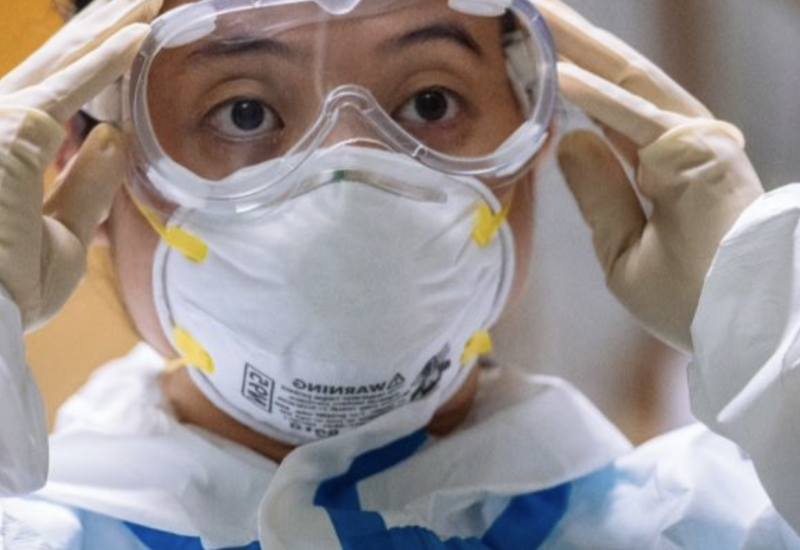
COVID-19 vaccines available for all healthcare workers in the Western Pacific Region
Health workforce, Vaccination
August 17, 2021
All countries and areas of the World Health Organization (WHO) Western Pacific Region have now secured sufficient doses of coronavirus disease 2019 (COVID-19) vaccine to protect all of their healthcare workers – approximately 26 million people.
WHO Regional Director for the Western Pacific, Dr Takeshi Kasai, said: “Healthcare workers have been working tirelessly to protect us during the COVID-19 pandemic, and I am so relieved that the Western Pacific Region now has the vaccine supplies to protect all of them and our health services. However, we still have much work to do to ensure that all healthcare workers actually receive their vaccine.”
“Ensuring every healthcare worker in every country is vaccinated has always been a key priority for WHO – even in countries and areas which have reported few cases to date. The nature of this pandemic means that the virus can reach every corner of the globe. This means that every healthcare worker, particularly those on the frontline, should be vaccinated.”
More than 20 million of the total number of vaccine doses that have been received in the Region to date were delivered by COVAX, which is co-led by the Coalition for Epidemic Preparedness Innovations (CEPI), Gavi, the Vaccine Alliance, UNICEF and WHO. The remainder were either produced locally, bought by countries or donated bilaterally.
“This milestone has been made possible by the support of donors and partners. I really want to sincerely thank all those who are supporting this effort,” Dr Kasai said.
However, Dr Kasai warned that many more doses are still urgently needed.
“This is an important milestone, but it’s not nearly enough. Vaccines are an important tool in the effort to protect individuals and reduce the impact of COVID-19 on society, and leaders in this Region have been trying to secure sufficient doses since last year. But as we all know, supply still does not yet match overall demand.”